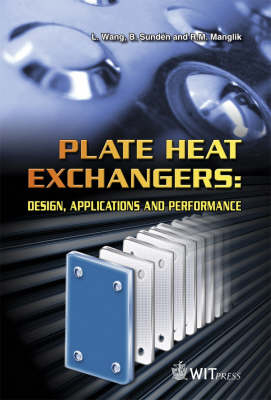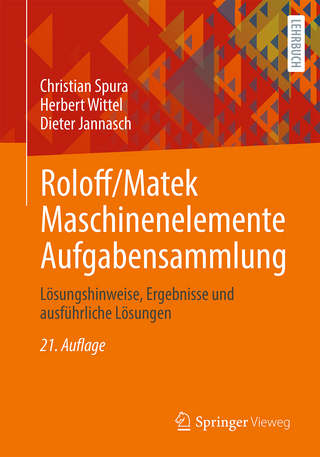
Plate Heat Exchangers
WIT Press (Verlag)
978-1-85312-737-3 (ISBN)
Heat exchangers are important, and used frequently in the processing, heat and power, air-conditioning and refrigeration, heat recovery, transportation and manufacturing industries. Such equipment is also important in electronics cooling and for environmental issues like thermal pollution, waste disposal and sustainable development. The present book concerns plate heat exchangers (PHEs), which are one of the most common types in practice. The overall objectives are to present comprehensive descriptions of such heat exchangers and their advantages and limitations, to provide in-depth thermal and hydraulic design theory for PHEs, and to present state-of-the-art knowledge.The book starts with a general introduction and historical background to PHEs, then discusses construction and operation (PHE types, plate pattern, etc.) and gives examples of PHEs in different application areas. Material issues (plates, gaskets, brazing materials) and manufacturing methods are also treated.The major part of the book concerns the basic design methods for both single-phase and two-phase flow cases, various flow arrangements, thermal-hydraulic performance in single-phase flow and for PHEs operating as condensers and evaporators.
Fouling problems are also discussed and in a section on extended design and operation issues, modern Research and Development (R & D) tools like computational fluid dynamics (CFD) methods are discussed. Unique features for PHEs are discussed throughout.
Chapter 1: Basic features and development of plate heat exchangersIntroduction; Historical background; Basic principle; General characteristicsChapter 2: Construction and operationGasketed heat exchanger; Evolution of plate heat exchangers; Operation and selectionChapter 3: Industrial applicationsFood processing; Air-conditioning and refrigeration systems; Service heating and cogeneration; Offshore gas and oil applications; Marine applications; Chemical processing; Pulp and paper industry applications; Solar energy applications; Closing remarksChapter 4: Materials and manufacturingPlate material; Gasket material; ManufacturingChapter 5: Basic design methodsIntroduction; Basic energy balance and design equations; Thermal design methods; Hydrodynamic design methods; Variable overall heat transfer coefficient; Thermal mixingChapter 6: Single- and multi-pass flow arrangementFlow arrangement and distribution; Pass arrangement classification; General thermal model; Performance comparison; Guidelines of pass selection; Correction factors and effectivenessChapter 7: Thermal-hydraulic performance in single-phase flowsIntroduction; Chevron-plate performance literature; Thermal-hydraulic characteristics; Heat transfer enhancementChapter 8: Thermal-hydraulic performance in condensers and evaporatorsFlow patterns; Performance of plate condensers; Performance of plate evaporatorsChapter 9: Fouling, corrosion, and erosionFouling; Corrosion; ErosionChapter 10: Extended design and operation issuesFlow distribution; Numerical prediction of performance; Multi-stream plate heat exchangers; Dynamic behaviour; Future developments
| Erscheint lt. Verlag | 23.8.2007 |
|---|---|
| Reihe/Serie | Developments in Heat Transfer ; v.11 |
| Zusatzinfo | illustrations |
| Verlagsort | Southampton |
| Sprache | englisch |
| Maße | 155 x 230 mm |
| Themenwelt | Technik ► Maschinenbau |
| ISBN-10 | 1-85312-737-X / 185312737X |
| ISBN-13 | 978-1-85312-737-3 / 9781853127373 |
| Zustand | Neuware |
| Haben Sie eine Frage zum Produkt? |
aus dem Bereich


